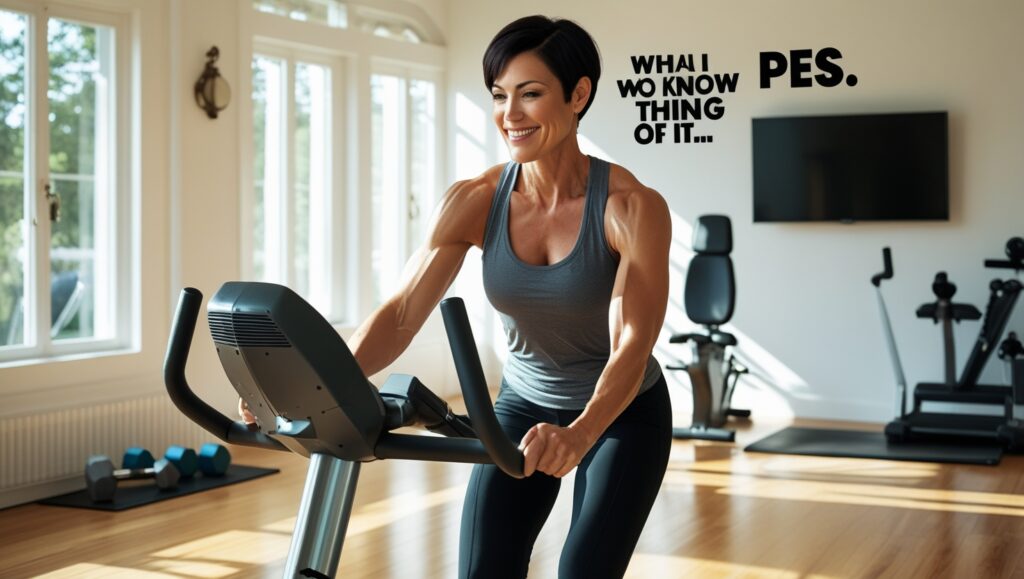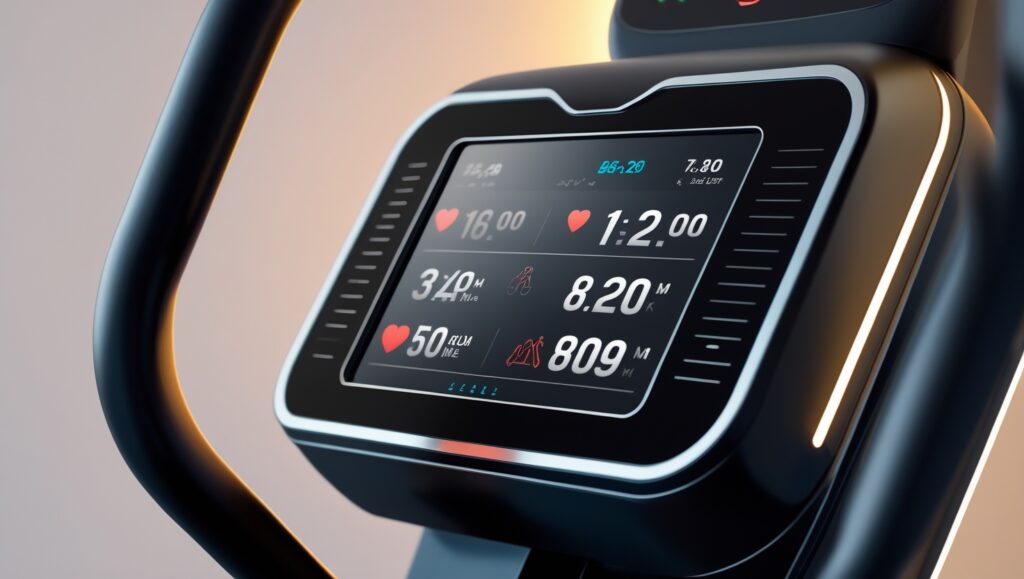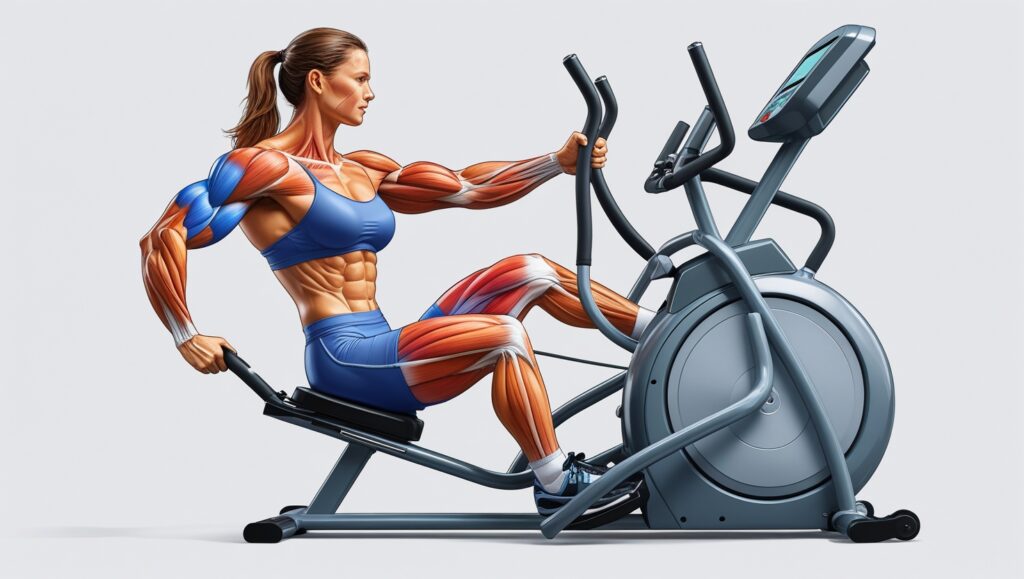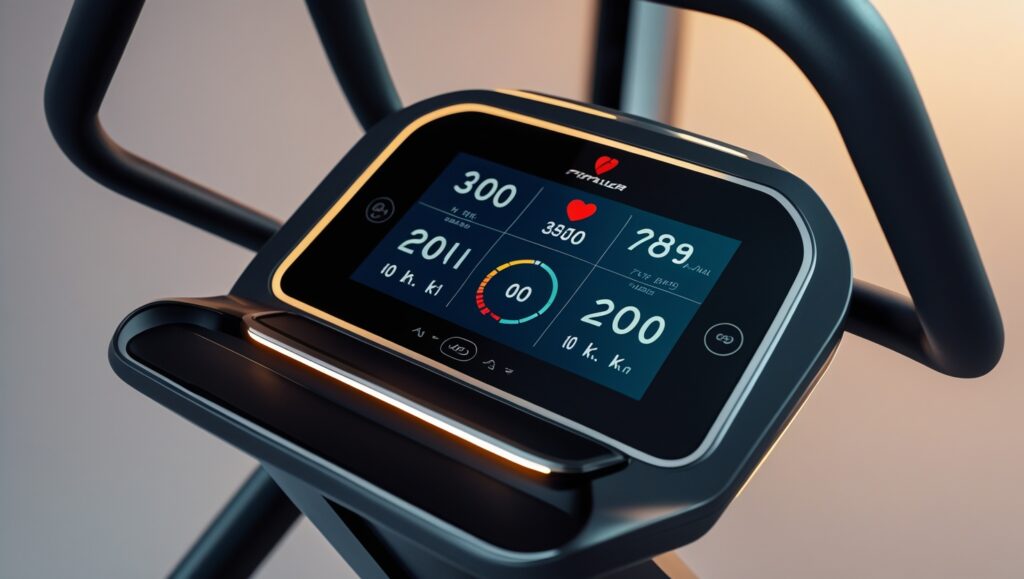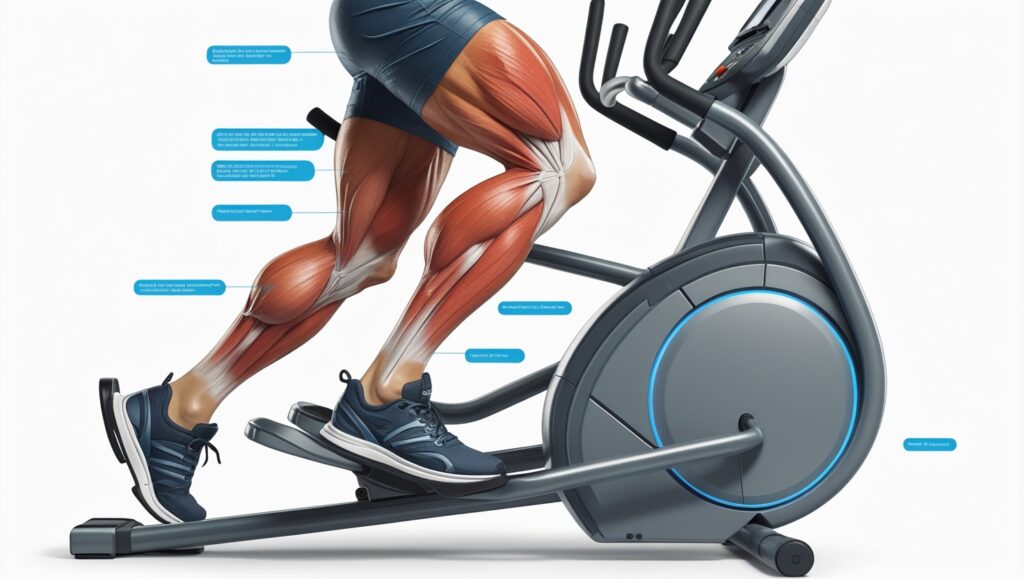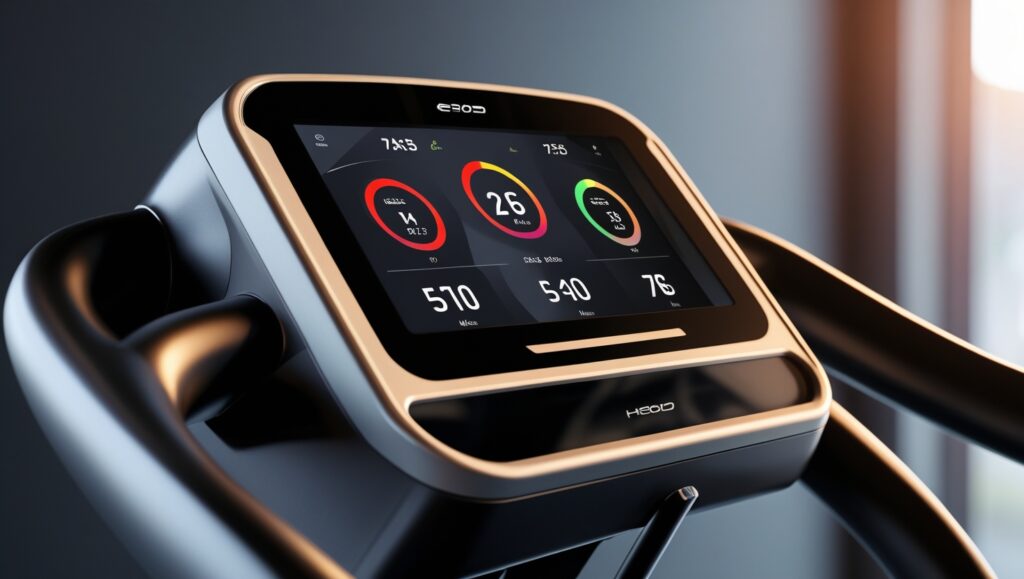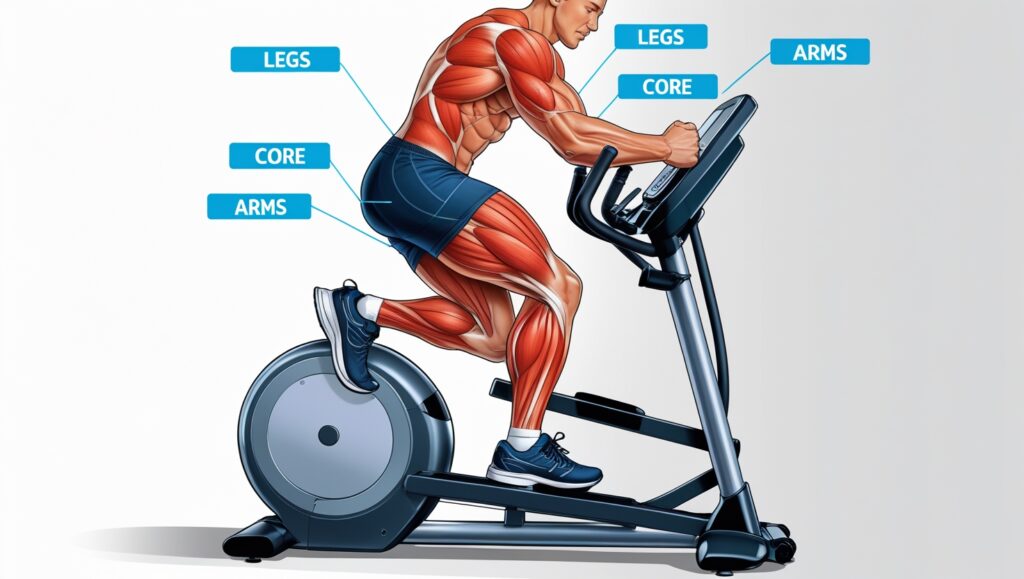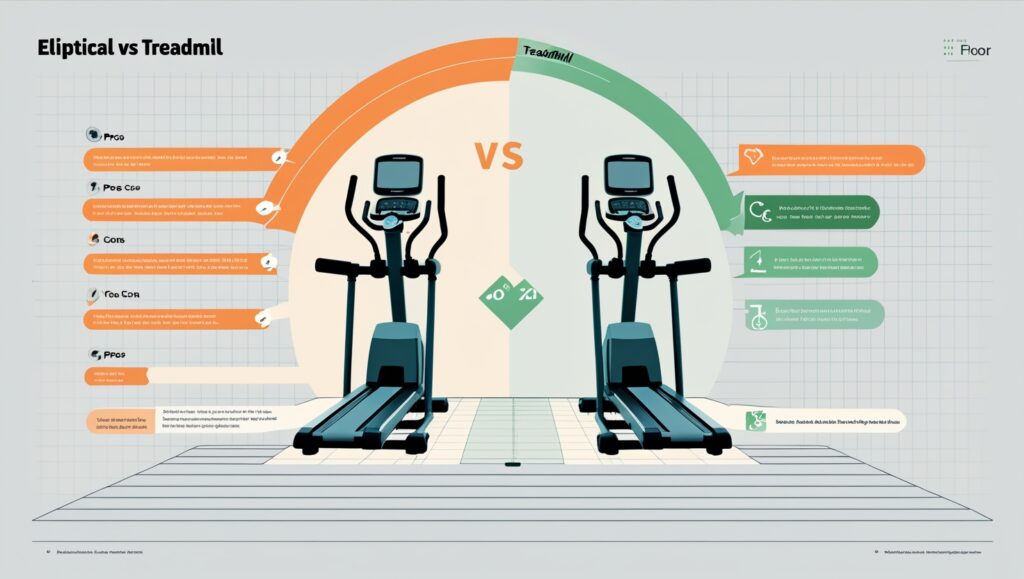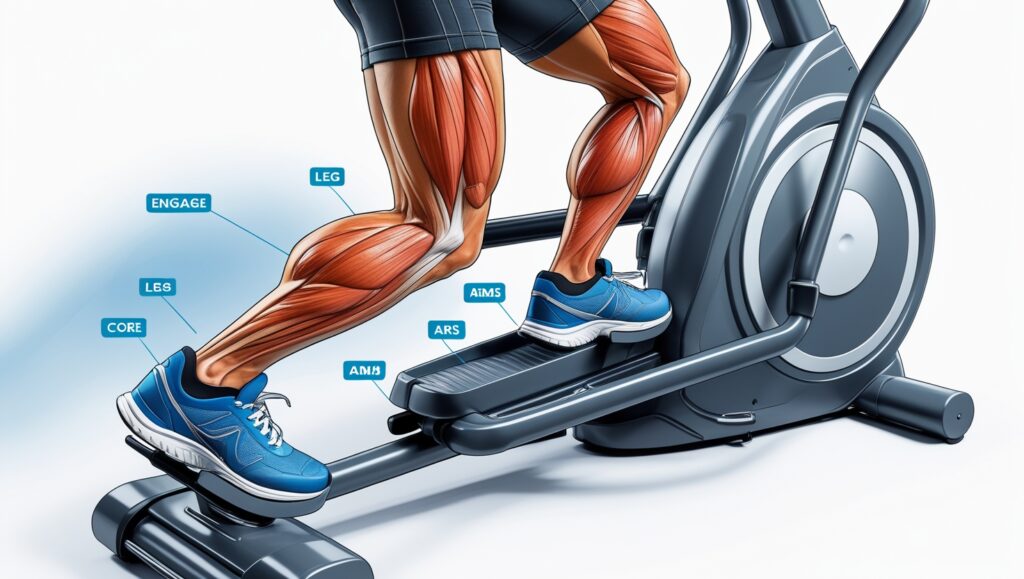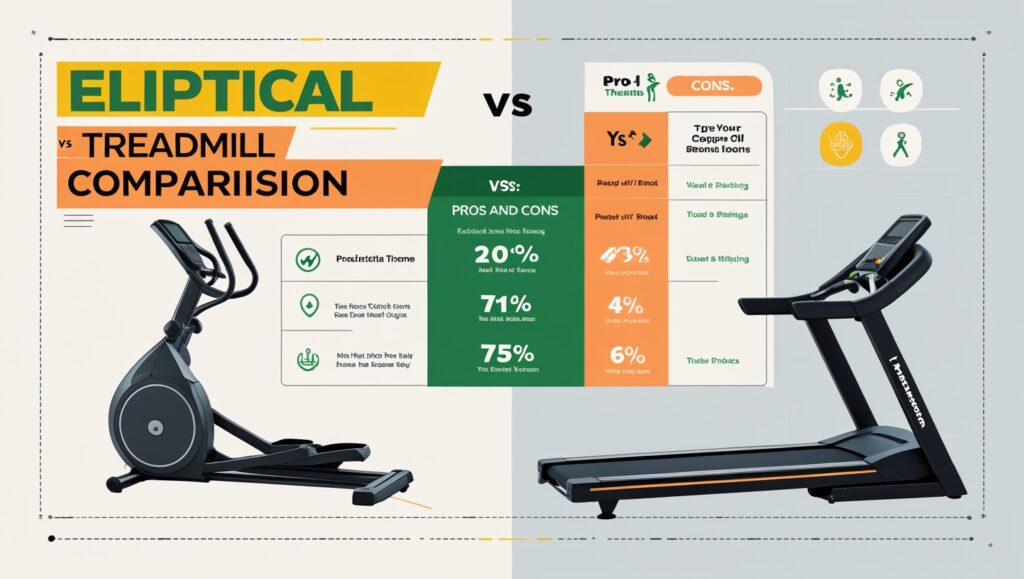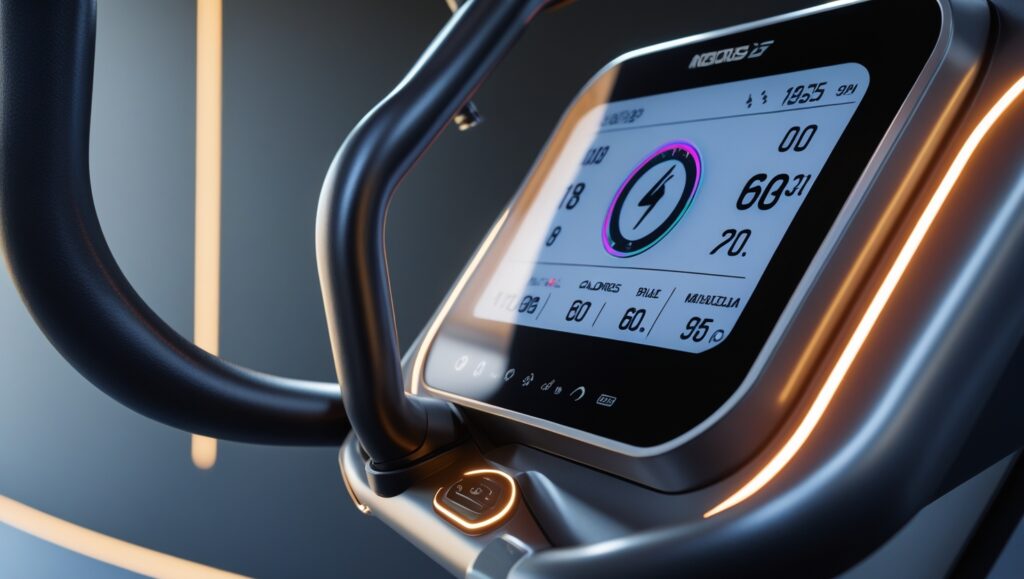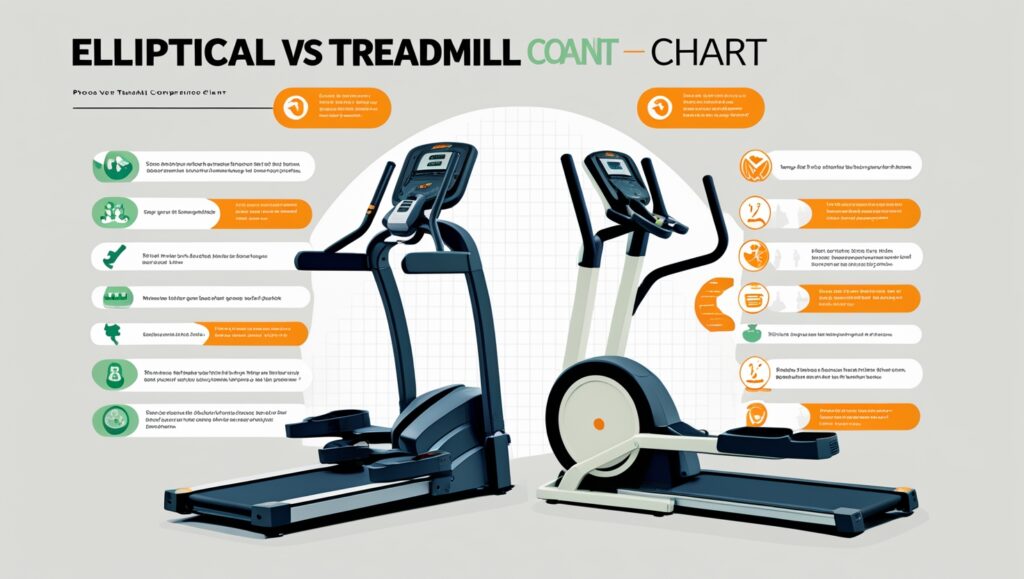The elliptical bike has gained popularity as a top choice for cardio workouts, offering a low-impact alternative to traditional machines like treadmills and stationary bikes. It’s especially favored by fitness enthusiasts, beginners, and individuals with joint issues. This machine simulates a running or stair-climbing motion, engaging multiple muscle groups while minimizing strain on knees and hips.
Elliptical Bike
I will take you through to explore the key benefits, types, usage tips, and comparisons that make the elliptical bike a preferred choice.
Table of Contents
What Is an Elliptical Bike?
An elliptical bike, also known as a cross-trainer, combines the motions of cycling and running into a single, smooth workout. It features foot pedals and handlebars, allowing users to engage both the upper and lower body simultaneously. Unlike high-impact workouts, the elliptical’s gliding movement reduces joint stress, making it suitable for all ages and fitness levels.
These machines often come with customizable resistance levels, incline settings, and pre-programmed workouts to cater to individual fitness goals.
Key Benefits of Using an Elliptical Bike
It is more than just a cardio tool. Here’s why it stands out:
- Low-Impact Exercise: Perfect for individuals with knee, ankle, or hip issues.
- Full-Body Workout: Simultaneous engagement of legs, arms, and core muscles.
- Effective Calorie Burning: Helps with weight management.
- Improves Cardiovascular Endurance: Supports heart and lung function.
- Customizable Resistance: Adapts to beginner and advanced fitness levels.
- Safe and Versatile: Suitable for seniors, pregnant women, and rehab patients (with doctor’s approval).
How the Elliptical Bike Works
The pedals on an elliptical move in an elliptical pattern—hence the name—while the handlebars allow for coordinated arm motion. This creates a natural stride that mimics walking or jogging. Most machines have forward and reverse pedaling options, allowing for variation in muscle engagement.
Adjustable features help target specific fitness goals, such as fat loss, stamina building, or endurance training.
Muscle Groups Targeted
These bikes engage several major muscle groups, making it ideal for a full-body routine:
- Quadriceps and Hamstrings: Toned during the push and pull of pedaling.
- Glutes and Calves: Worked as you stride and push against resistance.
- Core: Engaged to maintain posture and balance.
- Upper Body: Arms, shoulders, and chest are involved when handlebars are used correctly.
Ellipticals for Weight Loss
Using this kind of bike consistently supports weight loss in several ways:
- Burns Calories Efficiently: A 150-pound person can burn 300–400 calories in a 30-minute session.
- Boosts Metabolism: Interval workouts help elevate metabolic rate.
- Fat-Burning Zone: Maintains heart rate at optimal fat-burning levels.
- Full-Body Engagement: Engaging more muscles leads to higher calorie expenditure.
Comparing Elliptical Bike to Other Cardio Equipment
Elliptical Bike vs Treadmill
| Feature | Elliptical Bike | Treadmill |
|---|---|---|
| Impact Level | Low | High |
| Muscle Groups | Full Body | Primarily Lower Body |
| Joint Stress | Minimal | Moderate to High |
| Risk of Injury | Low | Higher |
| Calorie Burn | Moderate to High | High |
Elliptical Bike vs Stationary Bike
| Feature | Elliptical Bike | Stationary Bike |
| Body Engagement | Full Body | Lower Body Only |
| Posture | Upright | Seated |
| Core Activation | High | Low |
| Workout Variety | More Versatile | Limited |
Best Elliptical Workouts
Here are sample elliptical workouts based on fitness levels:
Beginner (20 minutes)
- 5-minute warm-up (low resistance)
- 10-minute steady pace (moderate resistance)
- 5-minute cool-down
Intermediate (30 minutes)
- 5-minute warm-up
- 1-minute high resistance, 2-minute recovery (repeat 8x)
- 5-minute cool-down
Advanced (45 minutes)
- 5-minute warm-up
- 20-minute alternating resistance and incline
- 10-minute steady high resistance
- 10-minute cool-down and stretch
Who Should Use an Elliptical Bike?
Ellipticals cater to a broad audience:
- Beginners starting a fitness regimen
- Seniors seeking low-impact movement
- Athletes cross-training or in recovery
- People with joint issues who can’t run or jump
- Busy individuals wanting quick and effective workouts
How Often Should You Use It?
For general health, aim for 3–5 sessions per week, 20–45 minutes each. To lose weight or build endurance, increase session duration and include interval workouts.
Tips for Effective Use
- Maintain Upright Posture: Keep back straight and core engaged
- Use Handles Properly: Don’t just rest your arms; push and pull actively
- Vary Your Routine: Mix forward and backward strides
- Adjust Resistance: Gradually increase to challenge your body
- Track Progress: Use the built-in console or a fitness tracker
Maintenance Tips for Long-Term Use
- Wipe Down After Each Use: Prevents sweat corrosion
- Lubricate Parts: Keeps the motion smooth
- Tighten Loose Screws: Regularly check for stability
- Follow User Manual: Manufacturer guidelines help preserve equipment
FAQs
Is 30 minutes on the elliptical enough?
Yes, 30 minutes can improve cardiovascular health and support weight loss when combined with a healthy lifestyle
Can elliptical bikes reduce belly fat?
They can help burn overall body fat, including belly fat, especially when combined with strength training and proper nutrition.
Is it better than walking?
It offers more intense calorie burning and full-body engagement compared to walking.
Should you use the elliptical every day?
You can use it daily, but vary intensity and duration to avoid overtraining.
Final Thoughts
The elliptical bike offers a powerful, joint-friendly workout that strengthens your heart, burns calories, and tones muscles without excessive wear and tear. Its adaptability makes it an excellent choice for nearly anyone, regardless of fitness level.
To see the best results, combine your bike sessions with proper nutrition, hydration, and rest. Invest in a high-quality machine and track your progress regularly to stay motivated.

